20+ Years Experience
Specialist Aluminium Shopfronts

In a world where modernity often takes centre stage, traditional shop front designs continue to hold a special charm and appeal. From Victorian to Art Deco styles, these timeless designs exude a sense of nostalgia and authenticity that resonates with customers.
But what exactly makes a traditional shop front design stand out? In this article, we will explore the key elements of traditional shop front designs, discuss why they are still relevant today, and provide some creative ideas for designing a captivating traditional shop front.
Whether you are a business owner looking to attract customers or a designer seeking inspiration, our shop front design and installation experts have something for everyone. So, let’s dive in and discover the beauty and allure of traditional shop front designs.
A traditional shop front design encapsulates the essence of bygone eras, blending nostalgic charm with sophisticated aesthetics to create a visually appealing facade that reflects the heritage and craftsmanship of a business.
The meticulous attention to detail in vintage signage and the choice of premium materials such as wrought iron, weathered wood, and decorative tiles further elevate the allure of these classic storefronts.
The careful selection of colour schemes, often inspired by historical palettes, adds depth and character to the overall presentation, inviting passersby to step into a world where tradition meets modernity in perfect harmony.
Traditional shop front designs continue to hold relevance due to their timeless appeal, ability to evoke nostalgia, and capacity to convey a brand’s identity and values through creative and visually engaging storefronts.
These traditional shop fronts, with their unique architectural elements and distinctive aesthetics, not only enhance a brand’s street presence but also serve as artistic representations of the business’s essence.
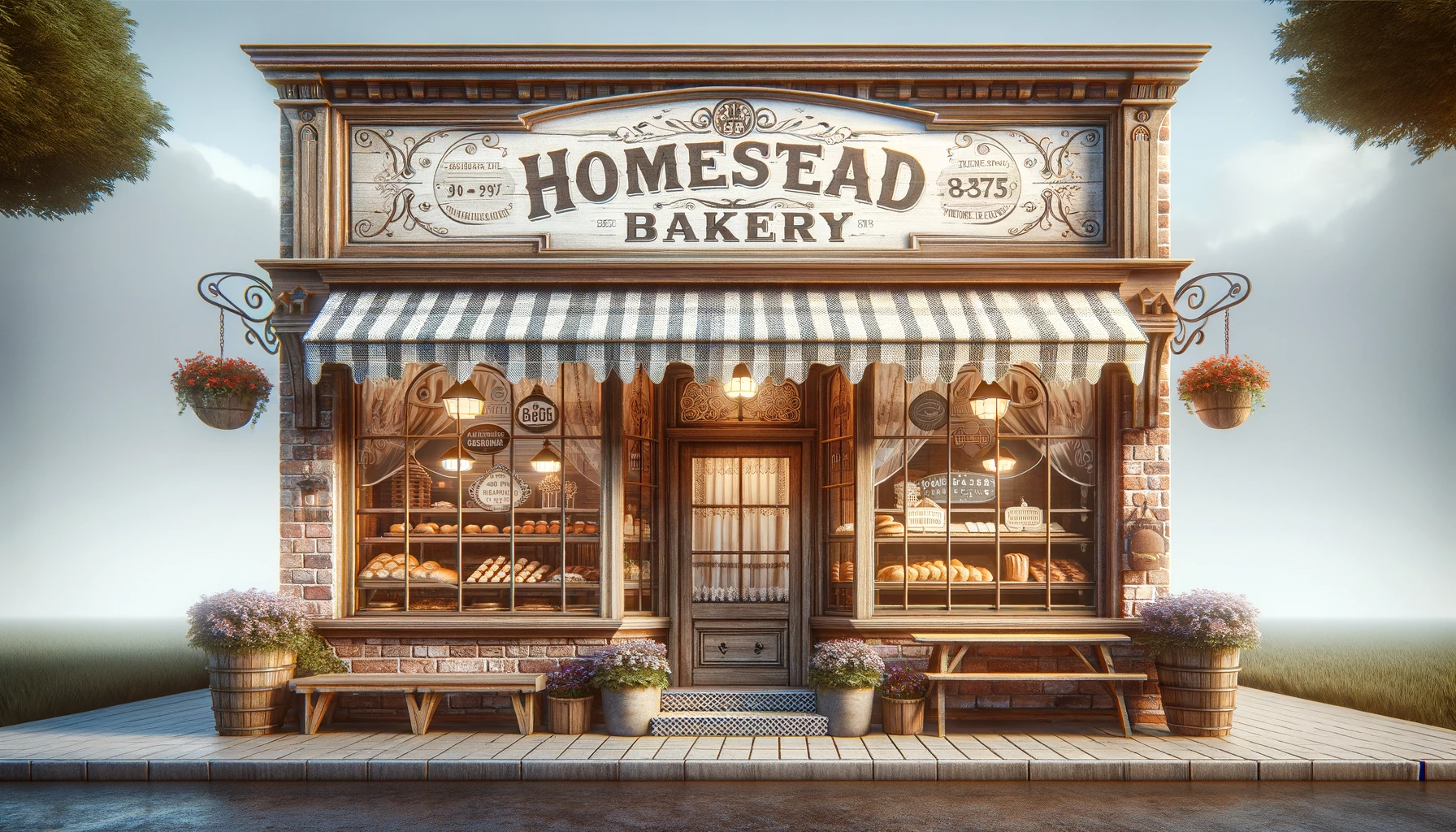
The design of a shop’s facade plays a crucial role in attracting customers and setting the tone for the overall shopping experience. The signboard, a prominent feature of traditional storefronts, serves as a vital tool for communication, guiding customers and showcasing the brand’s name and offerings effectively.
The key elements of a traditional shop front design encompass a harmonious blend of unique details, heritage-inspired craftsmanship, and authentic cultural elements that imbue the storefront with charm, nostalgia, and artisanal character.
These designs often showcase rustic features such as aged wooden signs, wrought iron fixtures, and hand-painted murals that are emblematic of the local traditions and history.
Intricate carvings, ornate metalwork, and colourful tiles are used to add a touch of elegance and uniqueness to the facade, drawing passersby in with their timeless allure.
The careful attention to detail and the use of traditional materials reflect a commitment to preserving the cultural heritage of the area, creating a cosy and inviting atmosphere that resonates with both locals and visitors alike.
Signage plays a pivotal role in a traditional shop front design, serving as a visual representation of the brand identity and values whilst offering opportunities for customisation and personalisation to enhance the overall aesthetic.
Craftsmanship in creating these signboards is crucial as it reflects the level of care and attention to detail that the shop owner puts into every aspect of their business. The right signage not only attracts customers but also communicates the essence of the brand. By carefully selecting colours, fonts, and materials, the shopfront can evoke a sense of tradition or modernity, depending on the intended brand image.
Signage contributes to the practice of visual merchandising by guiding customer flow and highlighting key products or promotions.
Window displays in traditional shop fronts serve as captivating showcases of the brand’s products or services, leveraging creative and artistic display techniques to enhance visual appeal and reinforce the brand identity through compelling storytelling.
These displays play a crucial role in attracting potential customers by creating an immersive experience that entices them to enter the shop. The strategic placement of products, lighting effects, and thematic decorations in window displays not only grabs attention but also communicates the brand’s values and offerings.
A well-executed window display can effectively communicate a brand’s personality and unique selling points, serving as a silent salesperson that intrigues passers-by and compels them to step inside to explore further.
The selection of colours and materials in a traditional shop front design is a meticulous process that involves customising elements to resonate with the local community, integrating harmonious combinations that reflect attention to detail, craftsmanship, and artistic expression.
By carefully considering the cultural significance of certain colours and materials, traditional shop owners aim to create a visual narrative that not only attracts customers but also contributes to the overall charm of the street.
Each hue and texture is chosen with precision to evoke specific emotions and convey a unique identity. Through these thoughtful choices, the shop front becomes a piece of art that not only showcases products but also serves as a symbol of the community’s heritage and values.
Architectural features are integral components of traditional shop front designs, encompassing specific styles that reflect the overall architectural aesthetic, enhance visual merchandising efforts, and contribute to the store’s unique identity through meticulous attention to detail.
These artistic elements not only serve as structural supports but also play a crucial role in defining the character of a shop’s facade. Decorative mouldings, intricate carvings, and ornate window frames are key features that showcase the influence of traditional architecture.

By incorporating these design elements, shop owners can create a visually compelling storefront that attracts customers and conveys a sense of heritage and craftsmanship. The combination of traditional architectural features and modern marketing practices helps establish a store’s brand identity and sets it apart in a competitive market.
Traditional shopfront design ideas encompass a diverse range of styles, from vintage Victorian and Georgian inspirations to retro and art deco influences, each offering unique opportunities for creative display techniques and effective communication of store branding and local identity.
By delving into the realm of vintage aesthetics, designers can play with intricate wrought iron elements and ornate details, evoking a sense of nostalgia and charm.
Incorporating specific architectural styles like Georgian can bring about a balance of symmetry and elegance, ideal for highlighting a shop’s sophisticated products.
Embracing retro vibes can introduce bold colours and typography choices that capture attention and cater to a fun and playful atmosphere, whilst still maintaining a sense of local identity rooted in traditional design values.
The Victorian style shop front evokes a sense of old-world charm and elegance, blending vintage-inspired elements with intricate craftsmanship to create a nostalgic ambiance that resonates with the heritage and traditions of the local business.
Architectural details such as ornate mouldings, decorative ironwork, and stained glass windows further enhance the traditional design of these establishments. The shop fronts often feature hand-painted signs and awnings, adding to their quaint appeal.
The emphasis on quality materials and attention to detail is a hallmark of Victorian style, reflecting a bygone era of craftsmanship and pride in workmanship. These shops beckon customers with their warm, inviting facade, setting them apart in a world of modernity with a touch of timeless charm.
The Georgian style shop front exudes a timeless elegance and sophistication, drawing on retro influences and locally crafted details to establish a connection with the community’s cultural context and historical significance.
This design approach pays homage to traditional aesthetics while infusing a modern charm with vintage-inspired elements like intricate woodwork and ornate ironwork. The deliberate use of classic architectural features such as symmetrical facades and sash windows adds to the authenticity of the shop front.
The choice of muted earth tones and natural materials enhances the overall appeal, creating a welcoming atmosphere that resonates with the neighbourhood’s historical roots.
The Tudor style shop front exudes a rustic and authentic charm, characterized by artisanal details, handcrafted elements, and a local craftsmanship ethos that embodies a sense of tradition and authenticity in the shopfront design.
The intricate woodwork seen on Tudor shop facades emphasises the craftsmanship that goes into creating each unique piece. Local materials are often sourced for these designs, reflecting a commitment to supporting community businesses and artisans.
The weathered appearance of the timber beams adds a touch of historical appeal, reminding visitors of a bygone era of skilled tradesmen. These shop fronts stand out for their attention to detail, blending old-world charm with a contemporary twist that pays homage to traditional English architecture.
The Art Deco style shop front showcases a blend of creative flair and retro influences, featuring handmade customisations and visually appealing elements that resonate with a timeless aesthetic whilst offering a unique and personalised storefront experience.
Drawing inspiration from the geometric shapes and streamlined forms characteristic of the Art Deco movement, the shop front design exudes elegance and sophistication. Intricate detailing such as etched glass panels, metalwork accents, and bold typography add a touch of glamour to the storefront.
Each element is carefully chosen to create a cohesive and eye-catching display that captures the essence of traditional craftsmanship whilst infusing a modern twist. The customised features reflect the attention to detail and passion for design, inviting customers into a world where artistry and functionality merge seamlessly.
The retro style shop front captures the essence of bygone eras with vintage aesthetics, old-fashioned charm, and locally crafted details that reflect the authenticity and heritage of the local business whilst enhancing visual merchandising efforts with a nostalgic touch.
The carefully selected elements such as weathered wood finishes, intricate wrought-iron signage, and classic window displays play a crucial role in establishing the visual identity of the shop. These authentic features not only attract passers-by but also create a unique ambience that transports visitors back in time.
The overall design of the shop front is cohesive and intentional, blending historic elements seamlessly with modern functionality to create a timeless appeal that resonates with customers looking for a curated shopping experience.

Traditional shop front designs can attract customers by evoking a sense of nostalgia, setting themselves apart from modern counterparts, and catering to a specific target audience through a welcoming, inviting, and cosy storefront ambience.
By incorporating elements that hark back to a bygone era, such as classic signage, ornate detailing, and vintage colours, these traditional shops create a unique atmosphere that resonates with customers seeking a break from the sleek and minimalist look of contemporary stores.
The focus on a cosy and intimate setting helps in fostering a sense of community and personalised service, making visitors feel valued and cherished. This customer-centric approach not only drives sales but also builds long-lasting relationships, turning one-time shoppers into loyal patrons.
Creating a sense of nostalgia in traditional shop front designs involves infusing vintage elements, authentic charm, and visual appeal that resonate with the memories and sentiments of the local community, fostering a connection based on shared historical experiences.
These traditional storefronts serve as visual time capsules, preserving the essence of bygone eras and evoking a sense of warmth that transcends time. The intricate details, such as hand-painted signs, weathered facades, and creaky wooden doors, add to the authenticity of these charming establishments.
Walking past these shops can transport one back to a simpler time when the pace of life was slower and interactions were more personal. The interplay between architecture and nostalgia in these designs showcases a deep-rooted connection between the past and the present, creating an immersive experience for both locals and visitors alike.
Traditional shop front designs differentiate themselves from modern counterparts by embracing unique inspirations, visual appeal, and branding strategies that set them apart in the competitive business and retail landscape, capturing the attention of discerning customers.
These unique inspirations often draw from historical architectural styles, cultural influences, and traditional craftsmanship, creating a sense of nostalgia and authenticity that resonates with customers seeking a more personalised shopping experience.
In contrast, modern shop fronts tend to prioritise sleek minimalism, cutting-edge technology, and dynamic visual displays to attract a younger, tech-savvy audience looking for convenience and innovation in their retail interactions.
The visual branding of traditional shops often features hand-painted signs, intricate detailing, and a warm colour palette, conveying a sense of heritage and craftsmanship that speaks to the artisanal nature of their offerings.
Traditional shop front designs appeal to a specific target audience by aligning with their preferences, creating a unique brand identity, and offering a cosy, neighbourhood-centric experience that resonates with the desired customer demographic.
Customers are often drawn to shop fronts that reflect a sense of authenticity and connection to the community around them. By integrating elements that capture the essence of a neighbourhood, such as local landmarks or historical references, businesses can establish a deeper bond with residents and visitors alike.
This approach not only enhances the overall customer experience but also reinforces the brand’s commitment to being an integral part of the fabric of the area. Emphasising these localised aspects in design can help attract and retain loyal customers who value a brand that feels integrated and familiar.
When designing a traditional shop front, it is essential to conduct thorough research on historical styles, creatively incorporate modern elements, and tailor the design to align with the brand image and business type, ensuring effective branding, customisation, and personalisation.
Always keep the target audience and brand values in mind to ensure the design resonates with customers on a deeper level.
Researching historical styles is a crucial step in designing traditional shop fronts, as it involves studying architectural features, historical contexts, and traditional crafts to authentically capture the essence of bygone eras in contemporary storefront designs.
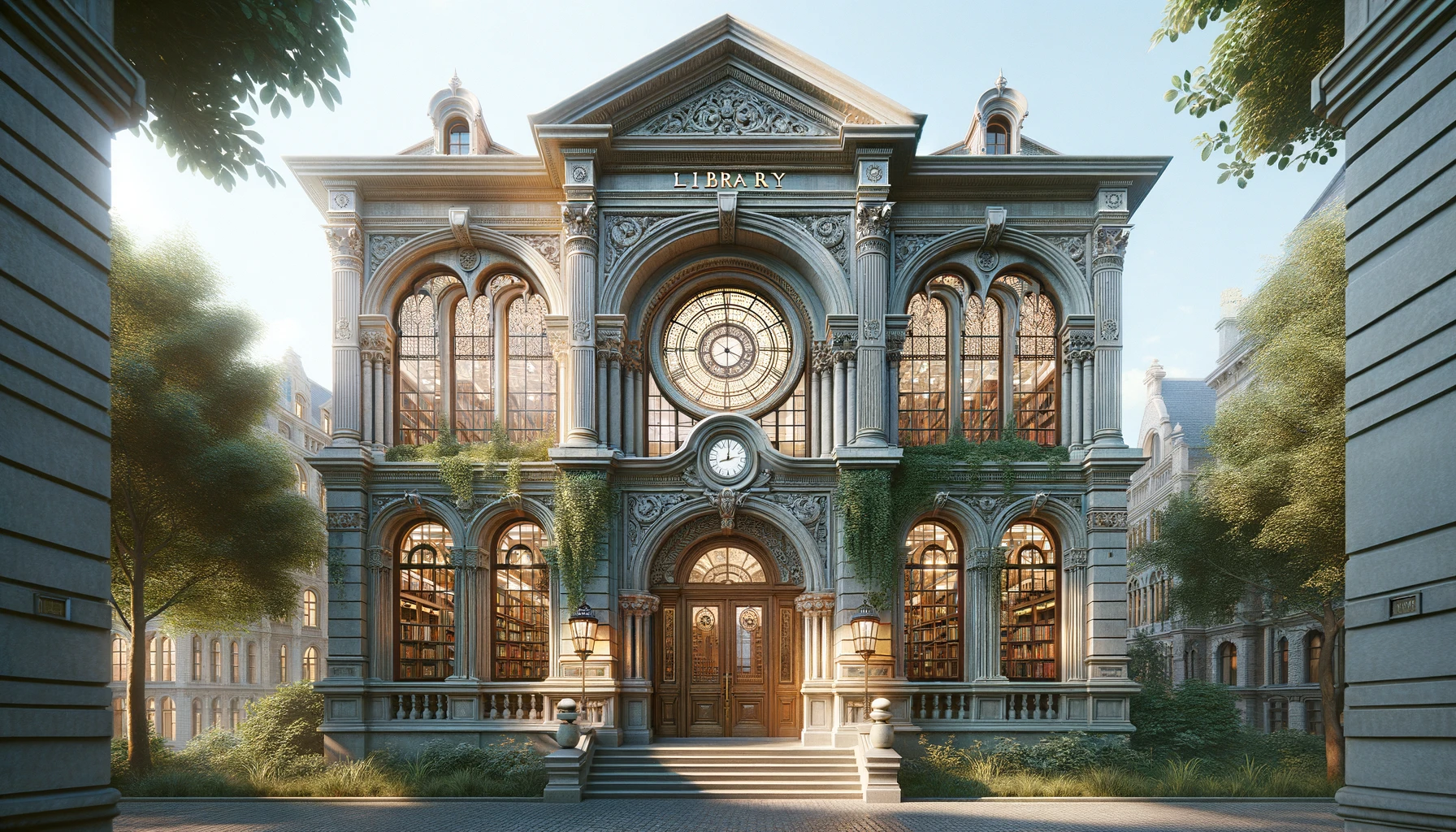
By delving into the historic significance of various architectural elements and traditional crafts, designers can infuse their creations with a sense of nostalgia and authenticity. Understanding the historical context in which these styles originated allows for a more nuanced approach to incorporating them into modern retail spaces.
Embracing traditional craft techniques not only adds a unique charm to shop fronts but also honours the artisanal skills passed down through generations. This meticulous attention to detail ensures that the design pays homage to the heritage of the community while creating a visually compelling storefront.
Incorporating modern elements into traditional shop front designs allows for a balance between timeless aesthetics and contemporary relevance, infusing visual appeal, creative flair, and artistic customisation to create a unique storefront experience.
These innovative design approaches meld classic charm with cutting-edge trends, attracting a diverse clientele seeking a blend of tradition and innovation in their shopping experience.
By seamlessly integrating elements like sleek signage, interactive displays, and customisable features, traditional storefronts can transform into dynamic showcases that capture the essence of both the past and the present. This harmonious fusion not only revitalises the visual identity of these establishments but also offers a fresh perspective on how heritage and modernity can coexist harmoniously.
Tailoring traditional shop front designs to align with the brand and business type involves integrating brand identity elements, customisation features, and personalised touches that resonate with the local community, creating a distinct and memorable storefront experience.
By customising the shop front, businesses can showcase their unique identity and connect with customers on a deeper level. Personalisation plays a crucial role in making customers feel valued and appreciated, fostering loyalty and repeat business.
Aligning the storefront design with the local community’s preferences and culture helps businesses become an integral part of the neighbourhood, building a sense of trust and belonging. This alignment not only enhances the overall aesthetic appeal of the storefront but also serves as a powerful marketing tool, attracting passersby and creating a strong impression of the brand.
There are a range of other services that we can provide. Have a look at the list below for more information:
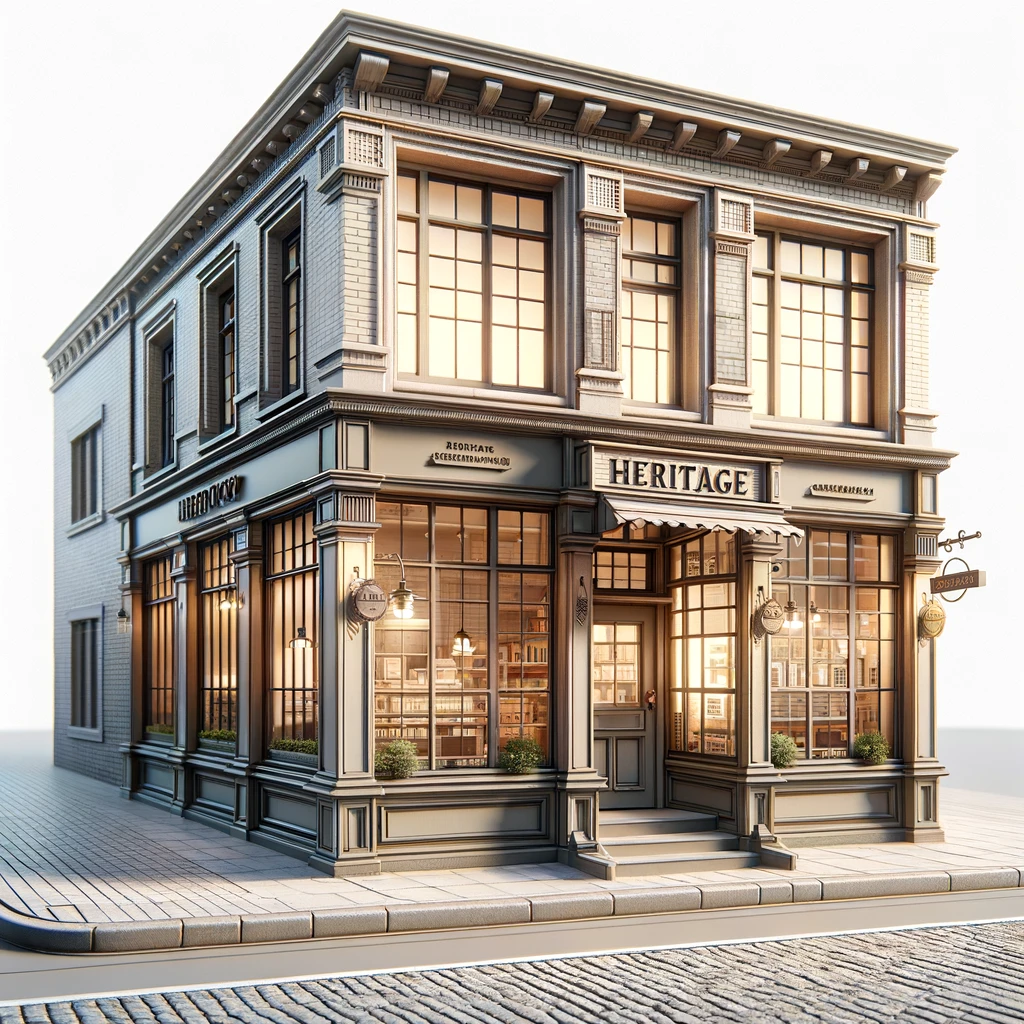

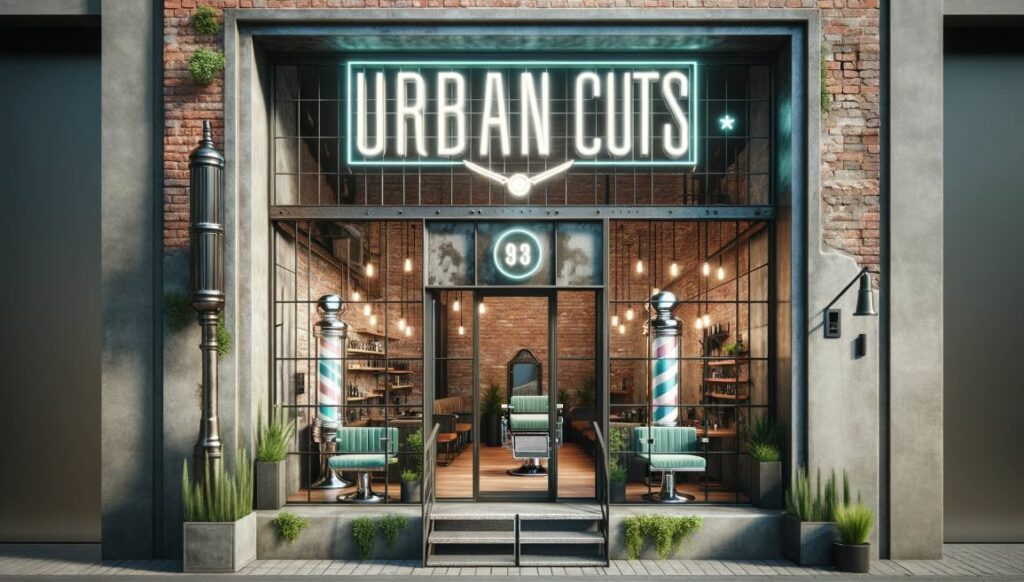
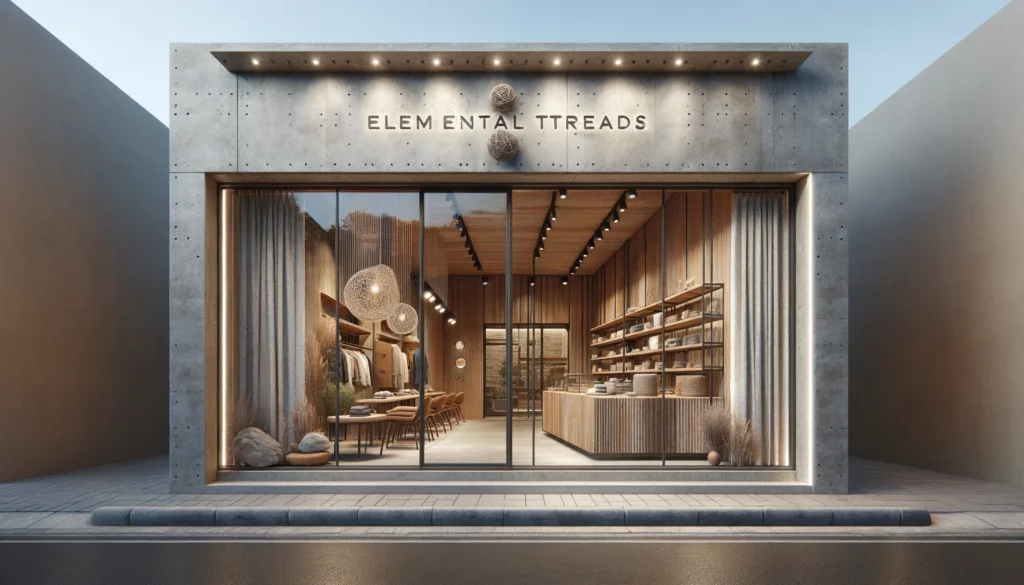
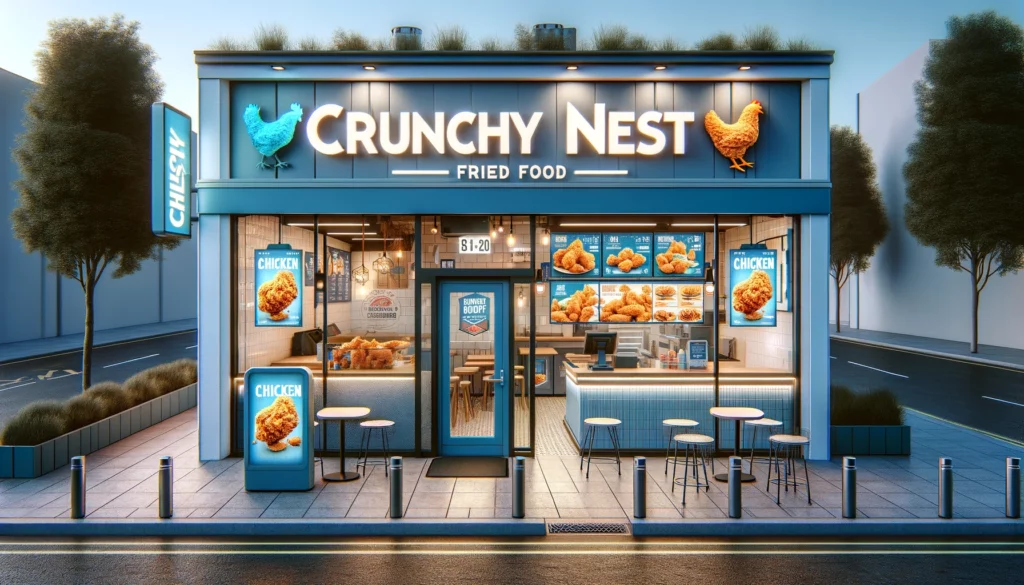
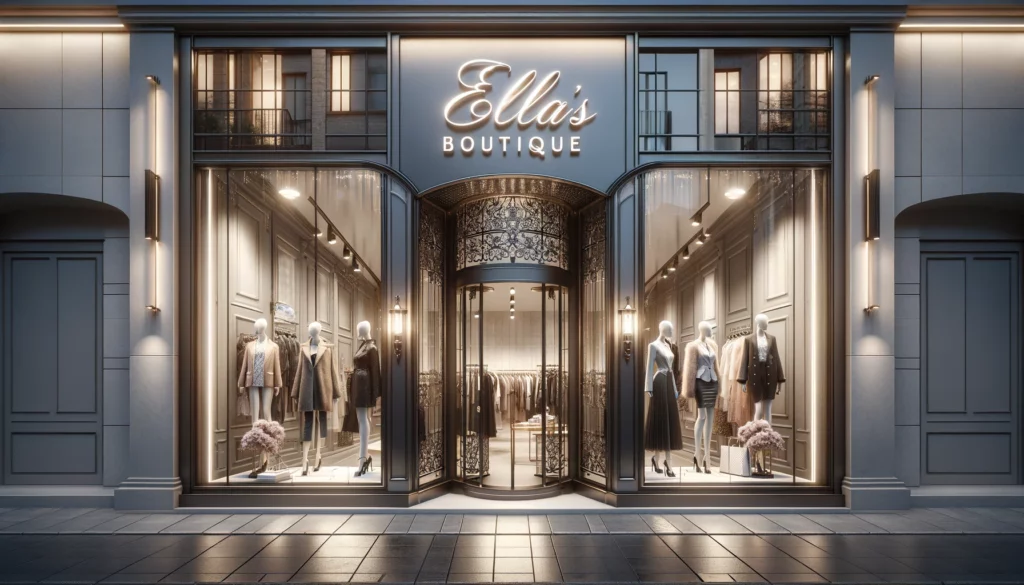

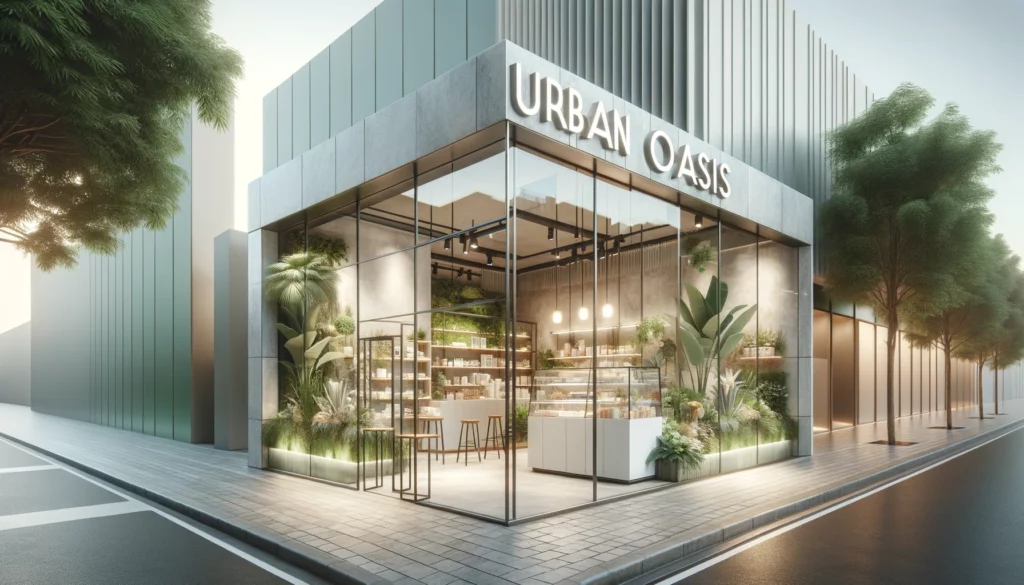
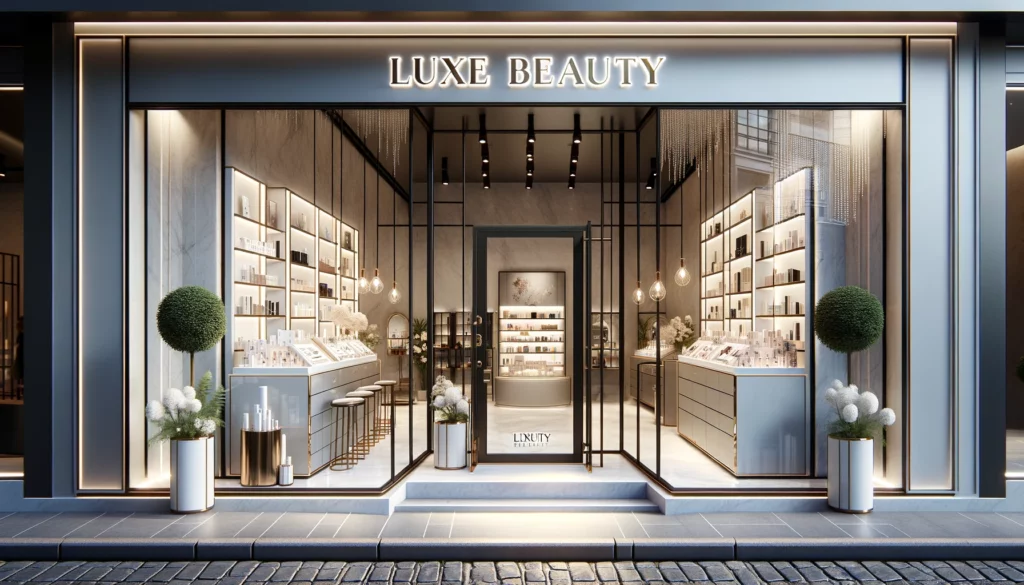


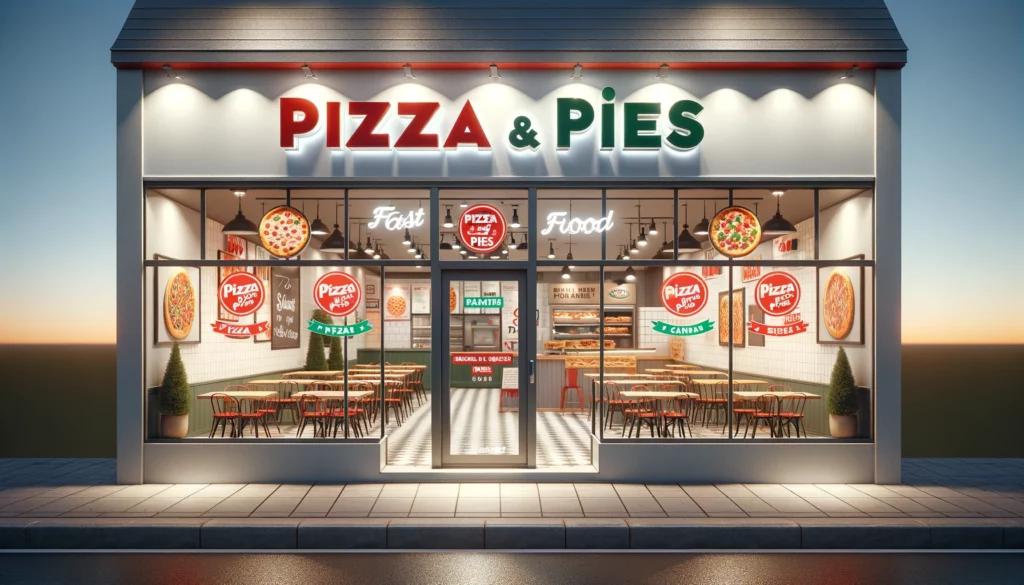


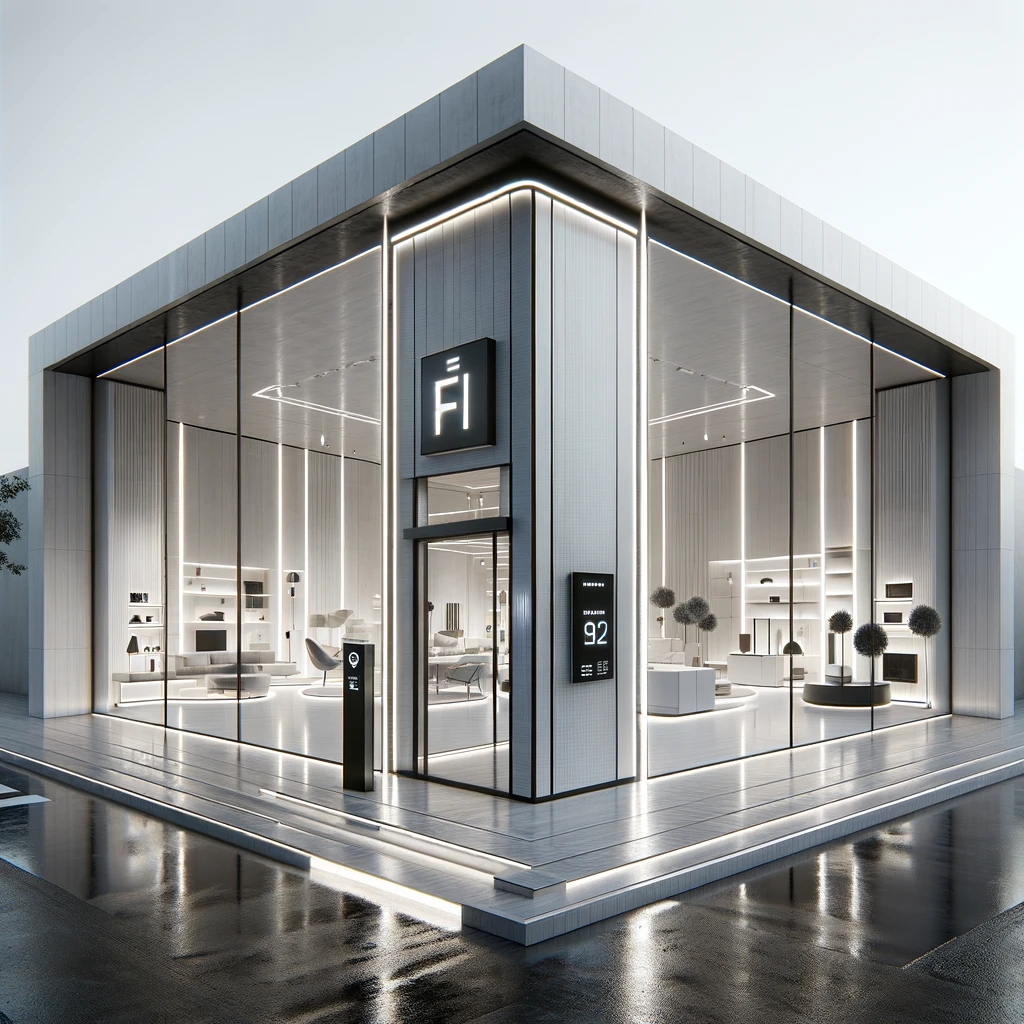


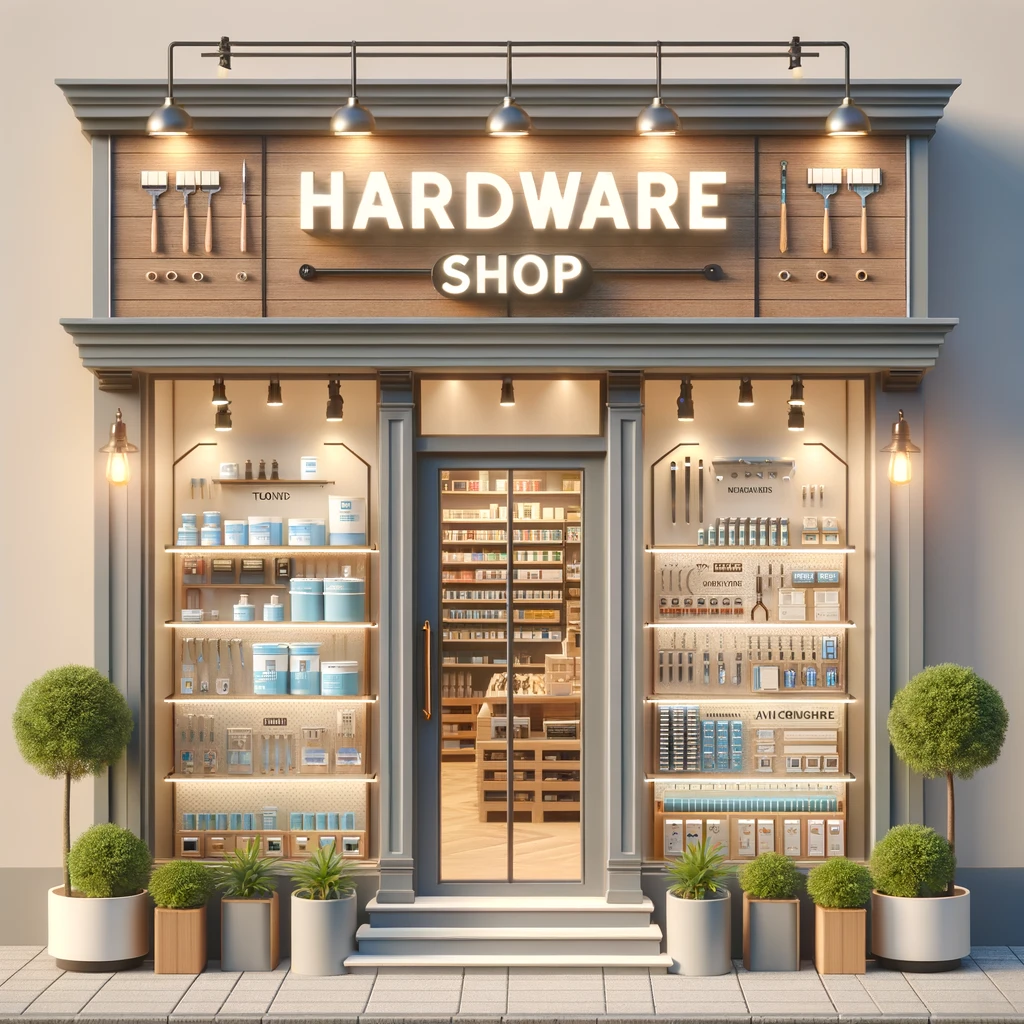
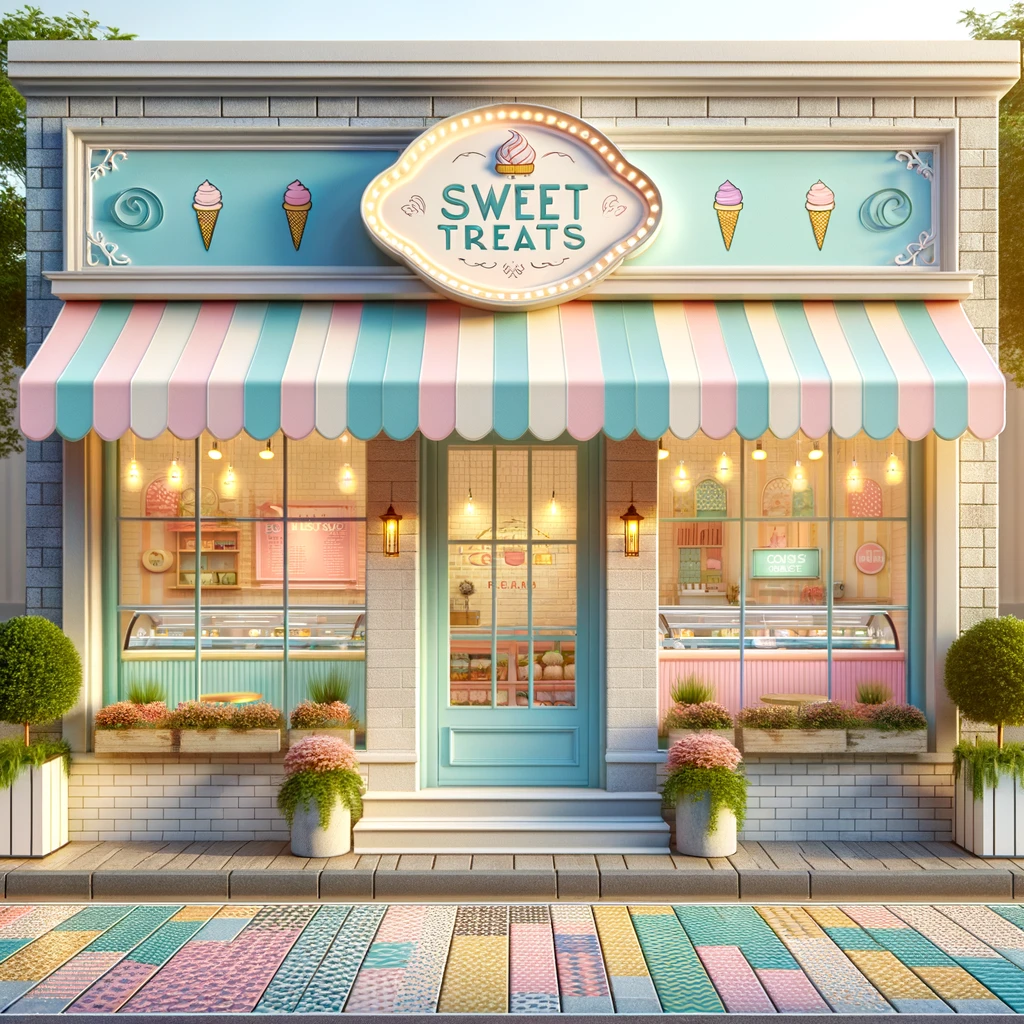
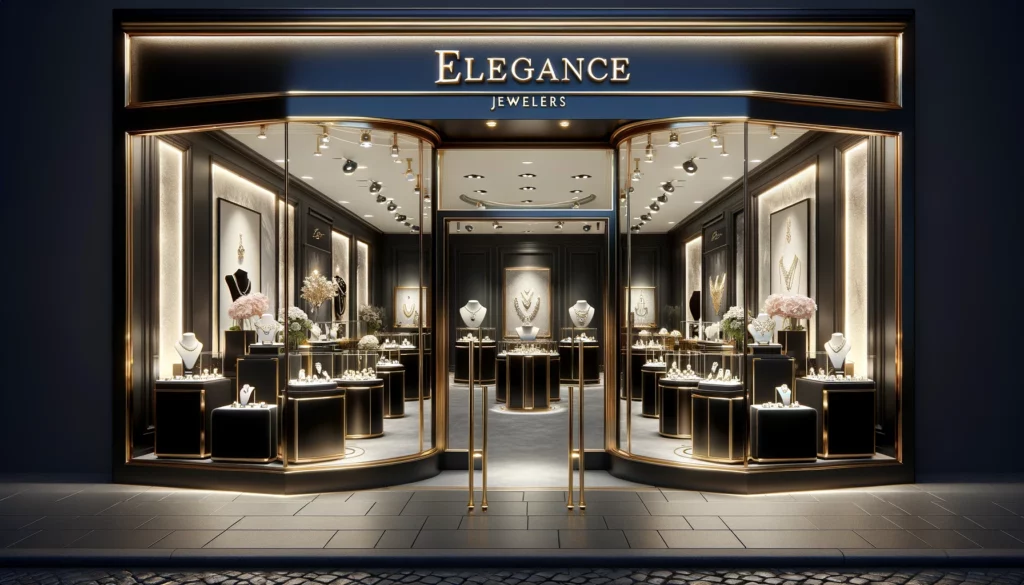
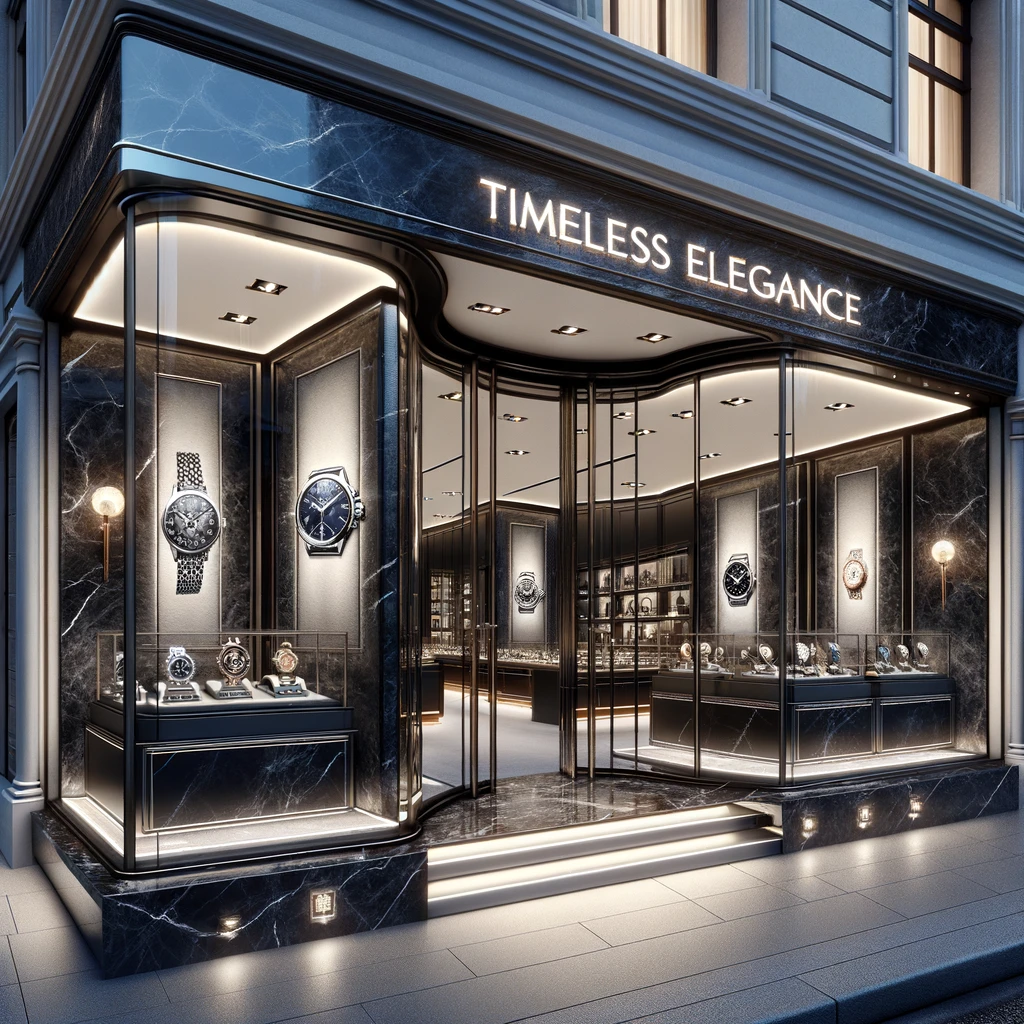

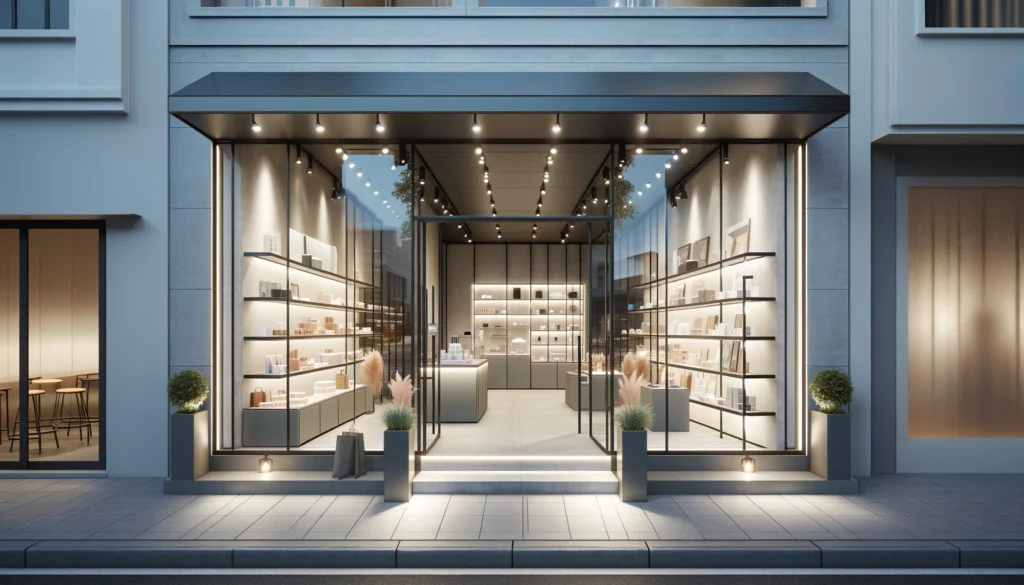
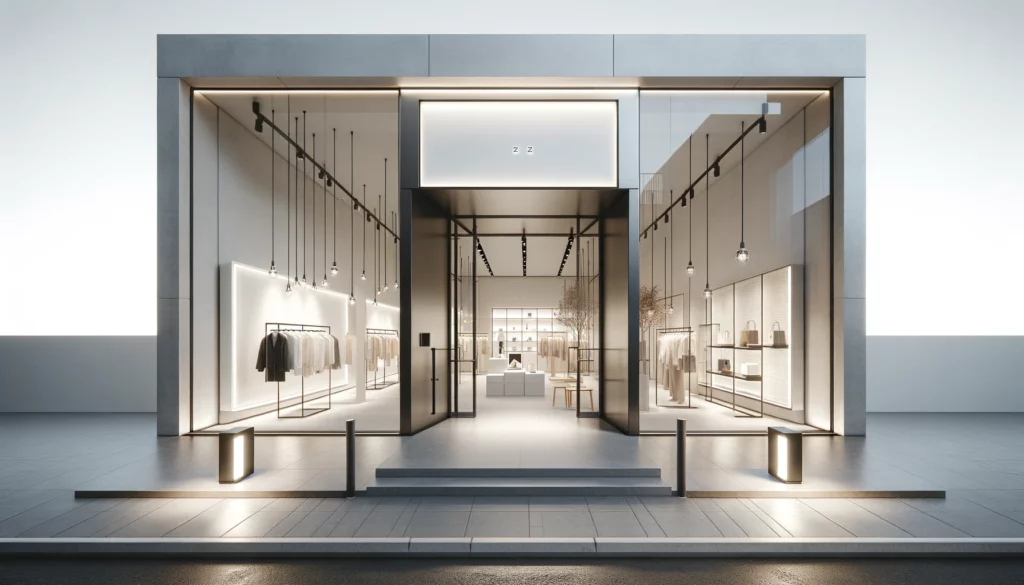
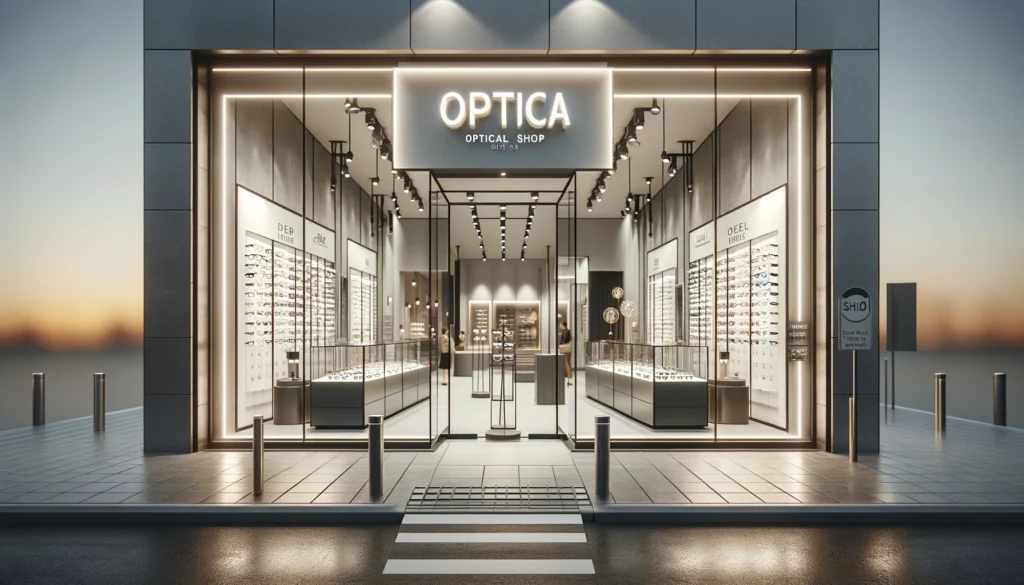
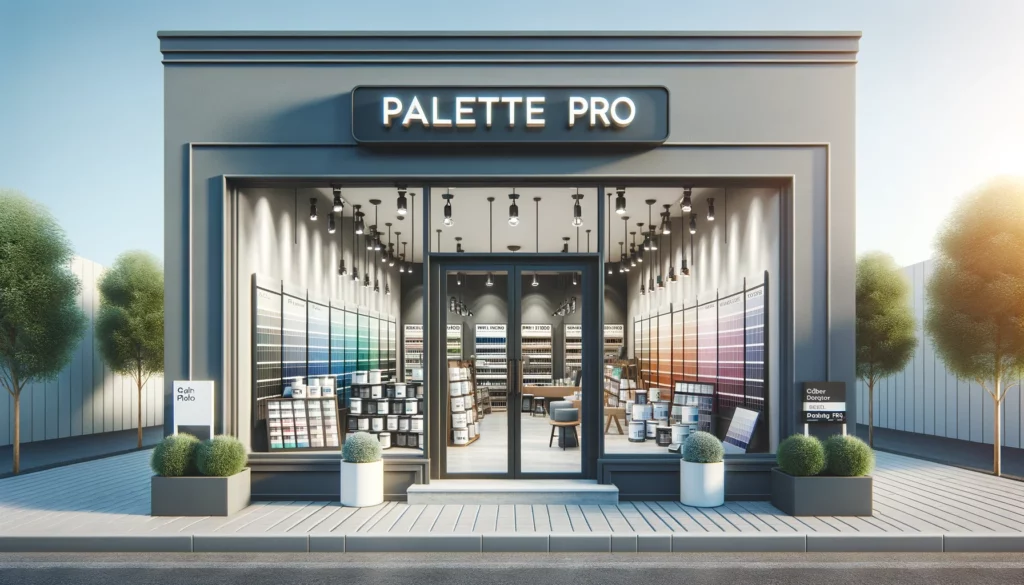


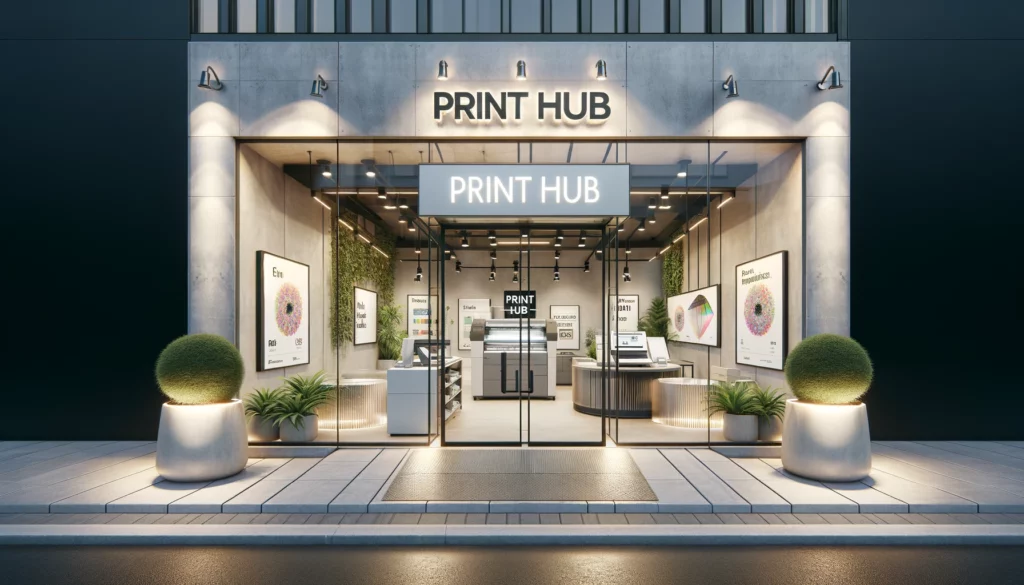

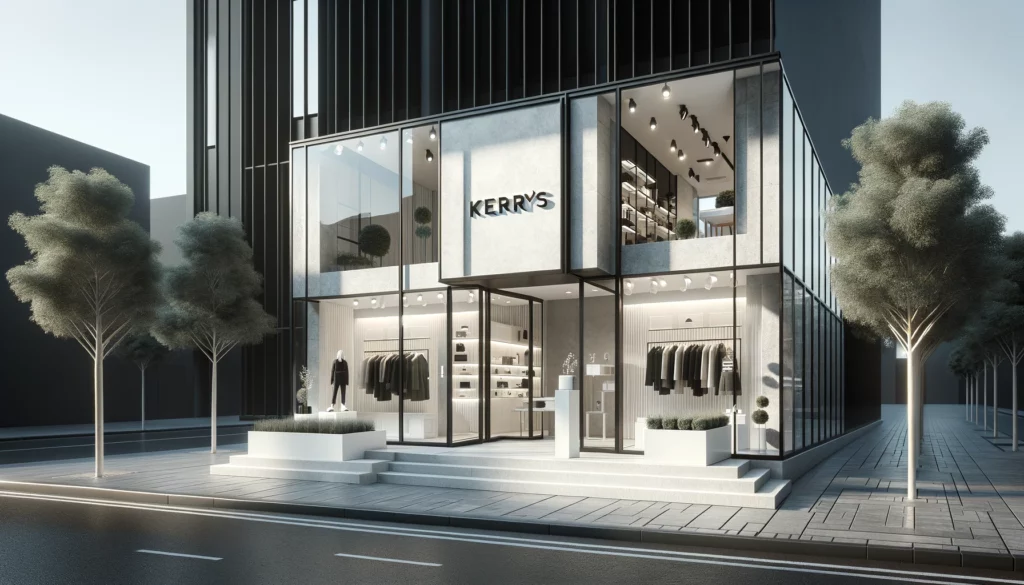


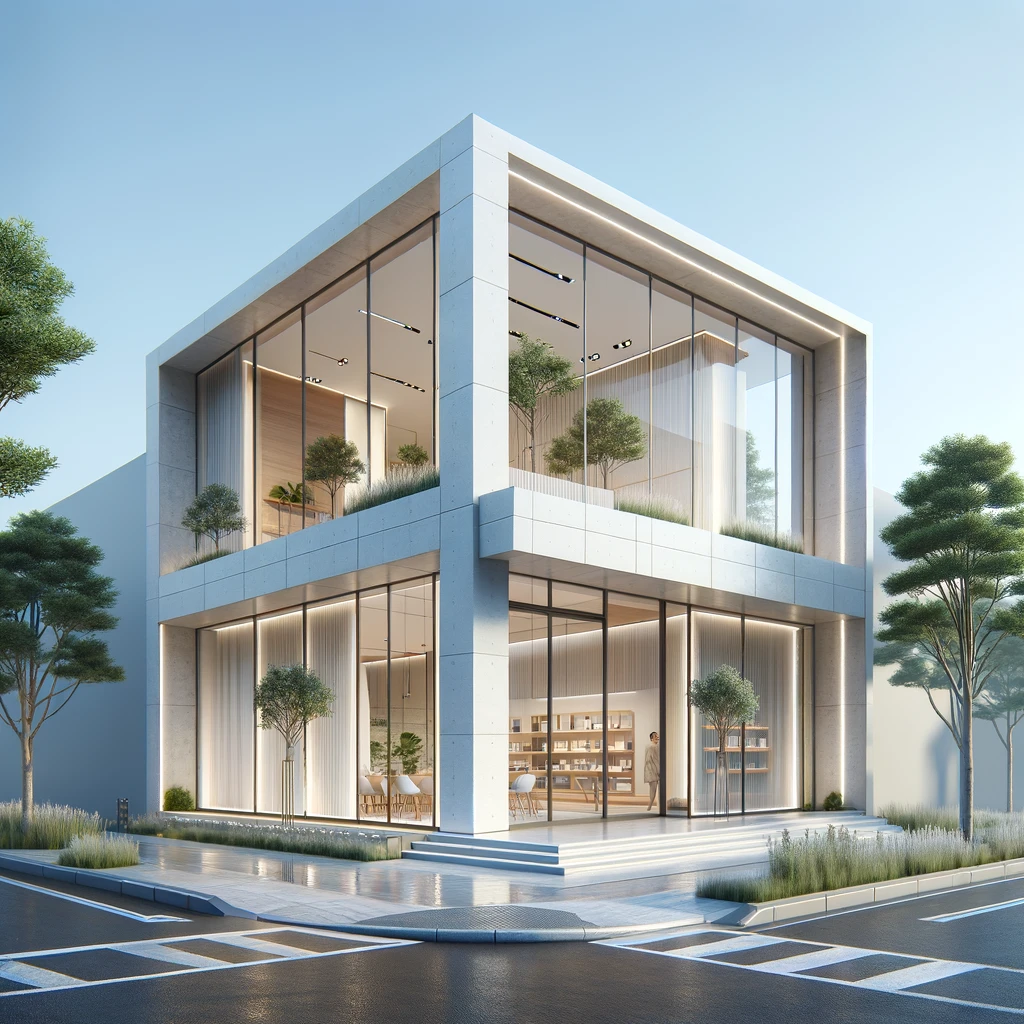
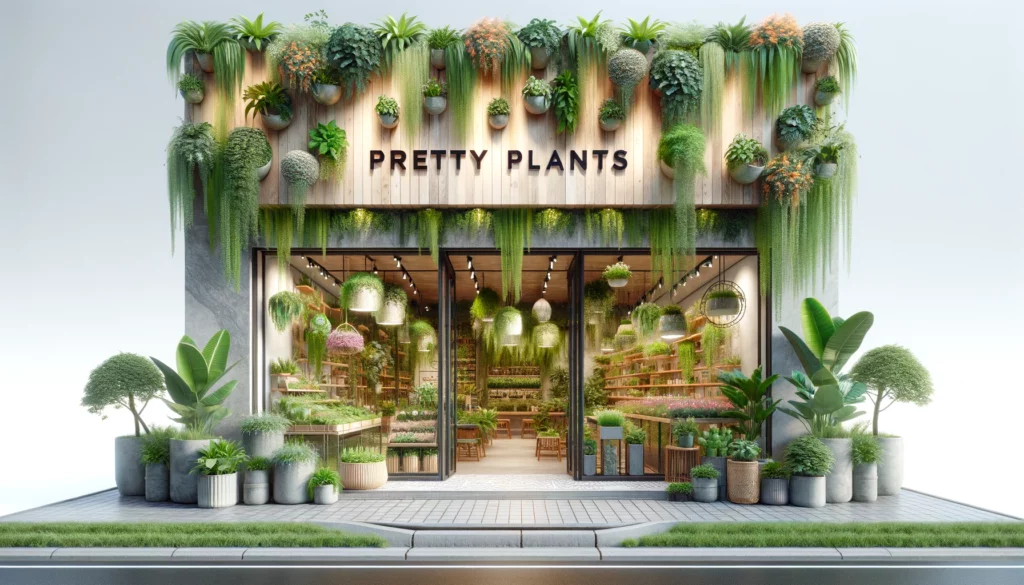
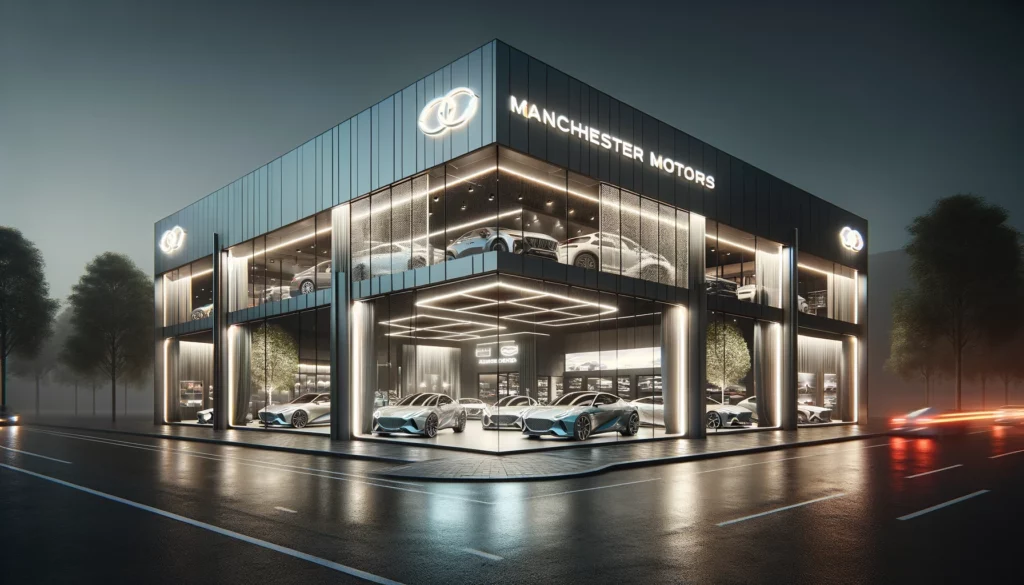


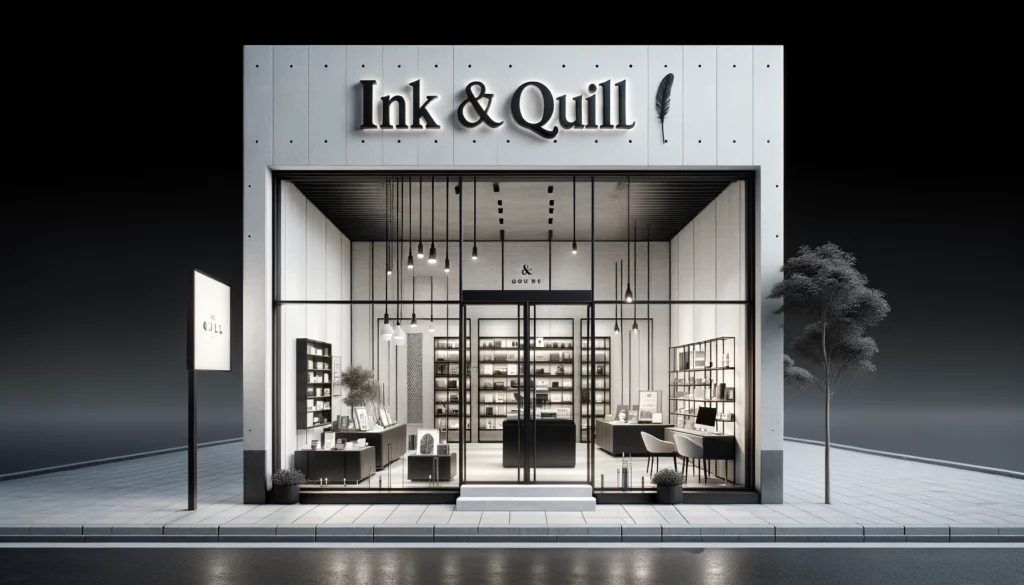
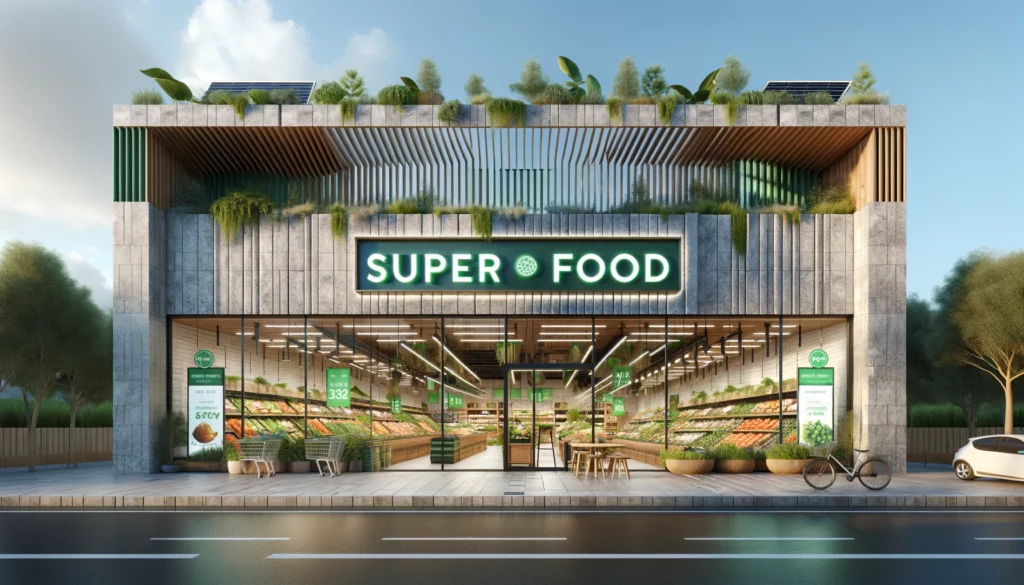

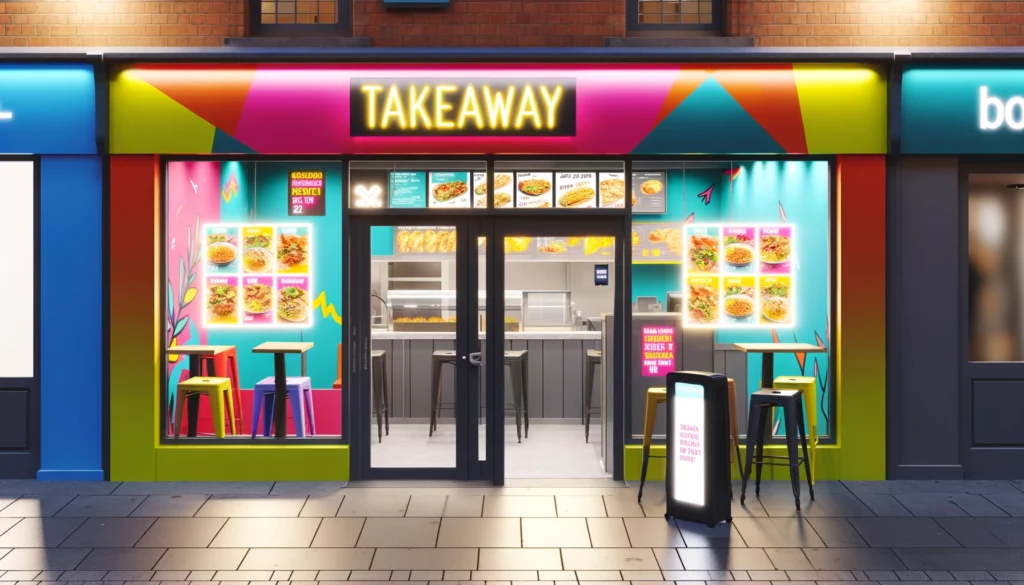

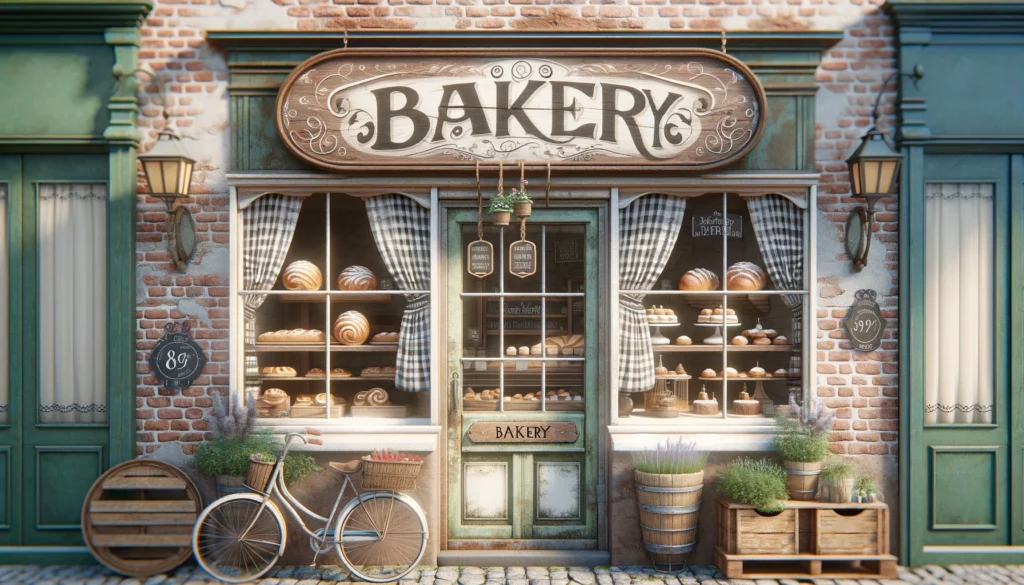

We Aim To Reply To All Enquiries With-in 24-Hours